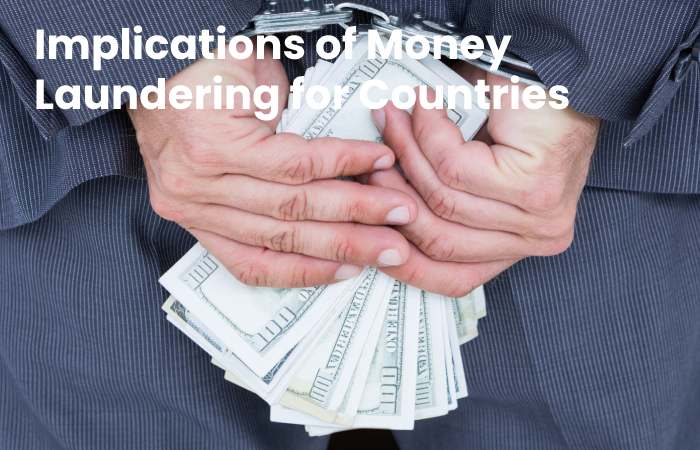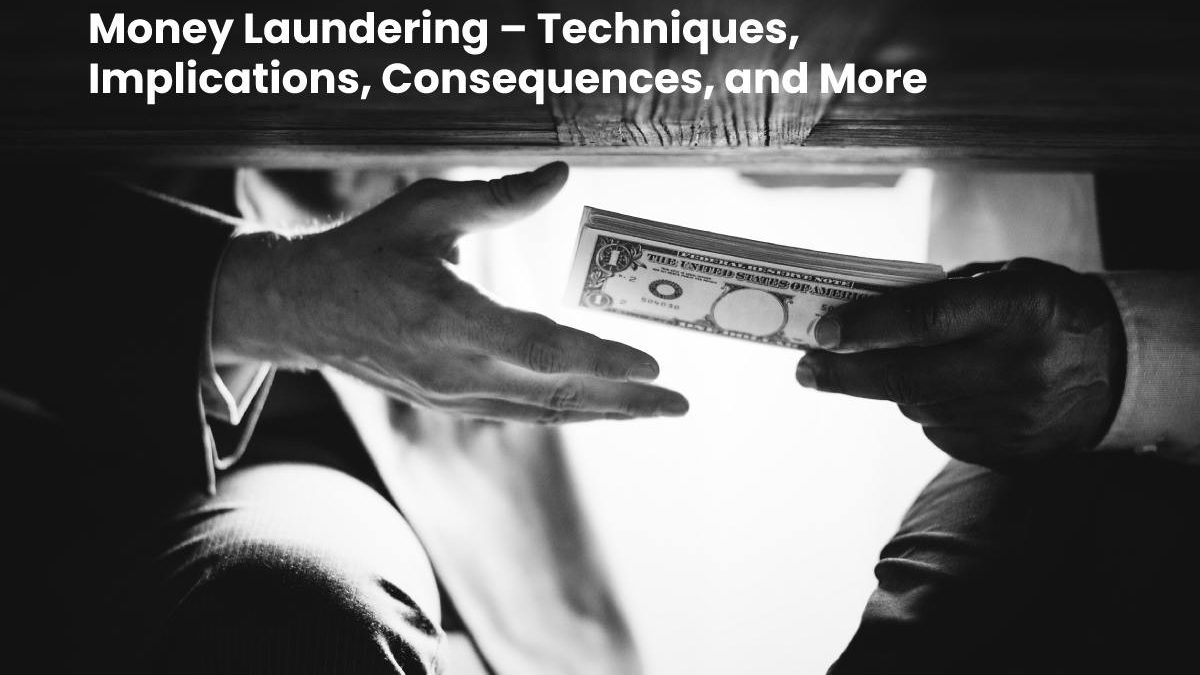Table of Contents
What is Money Laundering?
Money laundering is a process in which different economic, financial, and commercial transactions legalize illicit resources. In other words, money laundering or asset laundering is trying to give the impression of legality to illegal transactions or the transactions or funds linked to them.
Money laundering is also acquiring, safeguarding, transforming, transporting, guarding, or managing illicit assets, legalizing profits obtained in other illegal activities.
In most countries of the world, this behavior considers a crime known as money laundering, money laundering, or money laundering.
Criteria used in Money Laundering
Money laundering as an illicit phenomenon covers different criteria that range from motivation, intention, source of financing, methods, and life cycle, as will be reviewed below:
- The motivation for money laundering is for profit, so the person seeks an economic benefit from the activity.
- The intention to launder money or other assets: Disguising the resources’ origin to hide their origin.
- The source of money laundering financing: they are always illicit resources generated from criminal activities such as extortion, kidnapping, drug trafficking, smuggling, fraud, and theft.
- The methods used for money laundering: They are the placement of funds, the integration of those funds into the financial system, and the concealment of the origin of those funds, showing them as well-earned profits.
- The life cycle : It is circular. Criminal activity is always generating income that needs to launder.
Who are Money Launderers?
Any company or person is exempt from being used for money laundering. However, companies, industries, or economic sectors are more likely to be used for these purposes by their nature. For example, corporations, foundations, non-profit entities, politically exposed persons (PEP), and entities carry out high-risk economic operations.
The crime of laundering or other property commits by the person who, by himself or through another, carries out one or more operations with money derived from the commission of a crime.
Due to the nature of their products or services, the regulated entities, companies likely to be used for laundering operations or other assets, must know their clients and the origin and destination of their resources to avoid. These report operations do not have an apparent economic or legal basis, that is, functions of doubtful origin or destination.
Techniques used in Money Laundering
Criminal. As technology advances and financial regulatory mechanisms become stricter, at the same time, criminals evolve, since behind their corporations, there are experts and experienced professionals in the different branches of the economy that favor and allow the development of criminal activities.
Thus, the practices used to conceal the true origin of income are increasingly challenging to detect.
Some of the practices used by criminals may be the use of the stock market as a tool to legitimize assets of illicit origin. Other forms of money laundering are carried out through activities such as:
- Currency smuggling
- Acquisition of titles of credit
- Smuggling of goods
- Purchase and sale of goods from abroad
- Investments in insurance companies
- Use of tax havens
- Consolidation of fictitious companies
- Currency exchange companies
- Game and entertainment centers
- Match
- Underground banking systems
- Trade in services.
Implications of Money Laundering for Countries

The crime of money laundering also causes negative consequences for countries since it damages their image at the international level, causing investment in new businesses or companies to be reduced and promoting corruption.
One of the main problems of the governments of the Latin American region, in these times, is the high rate of money laundering or capital laundering as a result of corruption. However, we find countries like Colombia, Peru, Panama and the United States that have made great progress in preventing laundering.
Money from Money Laundering can come from Criminal Activities such as:
- Kidnapping
- Extortion
- Drug trafficking
- Smuggling
- Terrorism
So when you get involved in laundering, the person or company is directly involved in the activities from which the funds generate, becoming an accomplice in drug trafficking, terrorism, kidnapping, and extortion.
How to Detect Money Laundering Activities?
Some signs or alerts could lead us to think that there may be something doubtful in the operation to carry out, which can varies, including: When –
- a person does not want to provide their identification.
- a person with whom we will have a business relationship wants to do the operations in cash without an invoice.
- The operations that the person is going to carry out do not adhere to the profile that the individual has, for example, a profile of low-income people but who is going to handle large amounts of money in checks, cash, transfers, surely these are situations that can lead us to think that there are illicit situations behind.
On the other hand, Some Activities are called Vulnerable, Including
- The sale of vehicles, air, land, sea, new or used.
- The sale of jewelry
- The casinos
- Vehicle armor.
Identifying Suspicious Transactions
The companies have incorporated into their forms the profiles of the Compliance Officer, who is responsible for ensuring the proper functioning of the company’s financial operations, falling on this figure the immediate responsibility in case of not reporting activities related to companies.
It is the job of the Compliance Officer to identify unusual operations and recognize the warning signs. Although this is an activity that the compliance officer can carry out on their own, technology is increasingly becoming the best ally of companies seeking to avoid dealing with criminals. Thus, Implementing anti- laundering software systems makes it possible to generate systematized alerts that allow manual review of the case.
Some Examples of Operations that should be Classified as Unusual are:
- Transactions that are not related to the client’s work.
- Sudden movements in the accounts
- Infrequent operations
- Small transfers to other accounts
- The Unjustified change in the client’s transaction pattern.
- When the client refuses to provide their information, you unjustifiably modify account information
- You incur in the bribery of officials
- When you have an account where the data has not to validate.
Consequences Failure
To carry out money and other asset laundering prevention activities could expose the company to the following risks: Reputational risk, Legal risk.
Notable anti-money laundering software features:
- Simple and complex rules
- Customer profiling
- Outlier detection
- Customer segmentation
- Risk Matrix
- “Degree of Suspicion” Index
- Graphs “Financial Networks”
- Customer linking
- blocklists
- Scalability to hardware/database limits
- Analytics and Machine Learning for pattern detection (based on ROS or documented cases).
- Programming of custom methods.
- Scheduled reporting
- Tailored reporting.
Conclusion
The Money laundresses of exchanging large amounts of money obtained from crimes, such as drug trafficking, by others of legitimate origin. It is a crime in numerous jurisdictions with varying descriptions.
Therefore, Money laundering begins with the commission of a serious criminal act. Thus, it is an autonomous crime that does not require a prior judicial conviction to commission the illegal activity from the funds originated.

